___________________________________________________________
Through his ingenious use of art, science and technology, David Hull finds himself at the forefront of a kinetic art genre. This emerging digital art technique is known affectionately known as “camera toss.”
___________________________________________________________
– Kinetic 1227 –
____________________________________________________________
David Hull’s Light Fantastic
by Max Eternity
____________________________________________________________
Hi David, welcome to AD Mag.
Hello, Max. Thank you for inviting me. I’ve been enjoying the interesting artists you’ve highlighted in ADMag so far.
Thanks David, now tell us how you got started in fine art — photography?
Well, I’ve had a fairly strong creative drive for as long as I can remember. My Dad gave me my first guitar at the age of 7, and I’ve been playing ever since. During my adolescent years, like many children, I was very interested in drawing. In my teens and young adulthood, I found an outlet for creative expression in physical activities, such as martial arts and rock-climbing, and was involved in the theatrical art of pantomime. I have also always had a strong interest in the art of the natural world; animals, plants, features of the planet and heavens.
I got interested in photography many years ago; a result of being a climber and skier and spending a lot of time in wild and mountainous places where one can close their eyes, point a camera, and snap a wonderful photo without much thinking. So, photography was initially a means of documenting my trips and things I saw in the wilds. . In 2006, my wife and daughter bought me a compact digital camera for Christmas, and that opened the floodgates of serious experimentation for me. The ability to get instant feedback, the limitless number of frames that can be shot, makes experimentation a joy.
Did you attend an arts institution?
No, I’m pretty much self-taught. Though, I am educated as a scientist, practicing as a professional geologist.
You create such beautiful pieces. And you’re a part of a group of individuals who practice a newer form of photographic capturing, called cameratoss. As far as I can tell, you and a guy named Ryan Gallagher seem to be at the ground zero of this artistic movement. How did all that come about? Who “invented” cameratoss and how did you meet Ryan?
My understanding is that the current embodiment of cameratoss was “invented” by Ryan Gallagher in Fall of 2005; being a creative result of odd working hours and an old digital camera. I believe the first light streak camera toss image was produced by Ryan on August 20th, 2005. I came across Ryan’s Camera Toss (the blog) and the public group on Flickr in winter 2006, while I was doing some research on kinetic photography. I had encountered reports of Doisneau’s and Lartigue’s experiments with slit-scan photographs, wherein the camera is stationary and the subjects are in motion, but Ryan’s blog was the first account I’d seen of a camera in motion being used to produce imagery.
Ryan first established an atmosphere of sharing information about the technique, and many of the members of the group have taken up this attitude. And since that time, workshops on the technique have been given worldwide.
In a couple of the emails that we have been sending back in forth, we talked some about the transcendent element that can occur in art, with photography. This certainly seems to be the case with your work; an ability to perceive and articulate the sublime elegance of the mundane. Could you speak to that; specifically relating to how you use your camera to form, shape — sculpt light — capturing the lyrical element of ever-present radiance, dynamic metabolic energy?
– Kinetic 1042 –
I thought I was just making pretty pictures, but that’s a very eloquent way of putting it. Though actually, I find your description very apt.
As a scientist and practiced observer of many natural phenomena, I sense that there are transcendent elements in every moment. Some we are able to observe with our inherent senses, and some we need things beyond our immediate senses to observe and interpret. The practice of both science and art are similar in that they are often implemented to tease the transcendental out of the mundane.
Photography is often used to capture with the utmost clarity and preservation those transcendental moments we are able to perceive with our senses, like the movement of ocean water into and out of tide pools, the beauty of a field of wildflowers, the majesty of a magnificent mountain range, the tenderness of a mother coddling an infant. But often photography can be used to observe things we cannot accurately perceive, such as the use of time-lapse photography to observe a sprouting seedlings undulating dance.
Kinetic photography is a tool that can unlock some of the phenomena lurking beyond the surface of the obvious. The relegation of static objects to linear elements and the highlighting of objects in motion by the use of processed slit-scan photography is a good example of this effect. Other examples, perhaps a bit more obvious, are light painting, where the trace of lights set in motion by a person are recorded by a stationary camera, and hand-held motion blurs where the camera is set in motion by a person to record light streaks produced by stationary subjects often producing graceful fluid streaks and curves of light, things we know are there, but cannot see without the aid of the camera’s ability to record the moving object through time.
Camera Toss techniques are an example of kinetic photography that adds yet another input parameter to the mix; something a little beyond the complete control of the static photographer. Once the camera is thrown into the air, released by the photographer, a partnership with physics is entered into that can expose and integrate phenomena to produce organic, sometimes sensuous, shapes and patterns that our eyes and brain delete from ordinary viewing. Patterns resulting from physical phenomena such as alternating electrical currents, causes lights to repetitively flicker. The oscillation patterns of charged neon gas inside its glass tube, or the flicker of the refresh rate in a television screen or computer monitor, combined with the light streak patterns resulting from the camera in flight, acting under the influence of gravity and momentum, creates resulting patterns that can be made to form light sculptures.
– Kinetic 1053 –
Your work, it’s playful, but also quite disciplined. You seem to have, somehow, managed a certain degree of control in harnessing chaos, bringing order to the random. These are my ideas, what I see. But what’s going on in your mind? Are your camera toss images controlled accidents? What’s the technical set-up; the planning?
While some consider cameratoss to be a random, chaotic technique, I think of it more as complete order; predictable within a certain standard deviation. Once the camera is out of one’s hands, with no additional external influences, it behaves only in response to the laws of physics. The images produced by free flying cameras generally exhibit only extremely smooth curves and lines, something not entirely possible while a camera is in one’s hands.
I thoroughly enjoy the iterative process of creating images using this technique; a partnership between my vision and natural processes. The entire process is a blast; the hunt for unique light sources and conditions, the execution of tosses from various angles and use of parallax and DOF to build compositions, the reproducibility of certain patterns, and the minute differences in input forces required to change the flight characteristics of the camera and the resulting image. There is quite a lot of deliberate planning involved in preparing for a series of toss images.
My Waterworld series of photos incorporate even less predictable media and phenomena, moving glass and water reflecting and refracting light. This technique is a bit closer to a controlled accident, yet there are still predictable patterns that result from vibrating water in moving water and glass in certain manners which result in somewhat predictable caustic and reflected patterns that can be used to build composition along with the inherent composition that can be constructed from the targets used to produce the light being bent and transformed.
Any thoughts about the future of digital; other new media?
Being a confirmed amateur, answering this question is a bit of a stretch for me. However, my guess would be that we’ll see more dynamic, generative/iterative art installations; things like Brian Eno’s 77 Million Paintings. Or, interactive versions of this sort of digital installation that elevate the observer beyond that of a participant to the level of pseudo-collaborator. Finally, how about interactive 3-D holographic projections.
Any upcoming events we need to be aware of?
Nothing completely concrete yet. However, there are some possibilities for gallery exhibits in Georgia and Texas, and two books that will contain some of my cameratoss imagery that will be published this year. I can provide details for these items as their publication date approaches.
Great, and thanks for taking the time to speak with me.
Thank you very much for the opportunity to be featured on AD Mag.
And to the readers of AD Mag, check out the AD Mag Archives to see more feature artist interviews. Also, check out more of David’s work in our Artist Galleries and on his Flickr site..
- M. Eternity

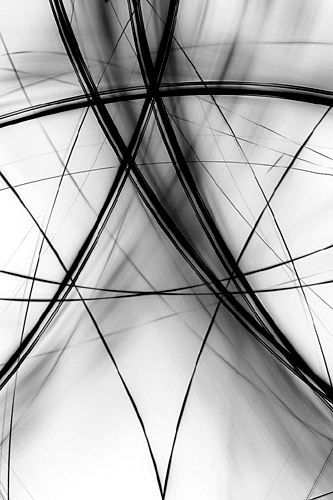
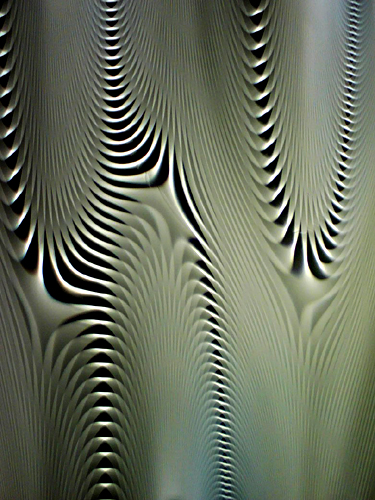
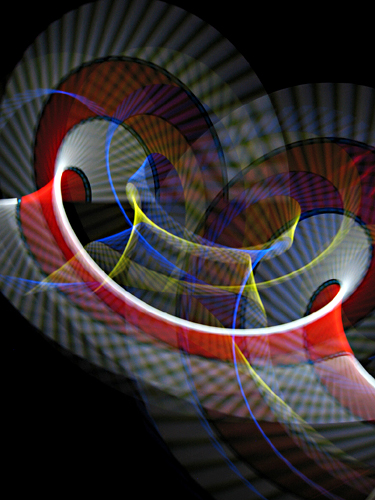
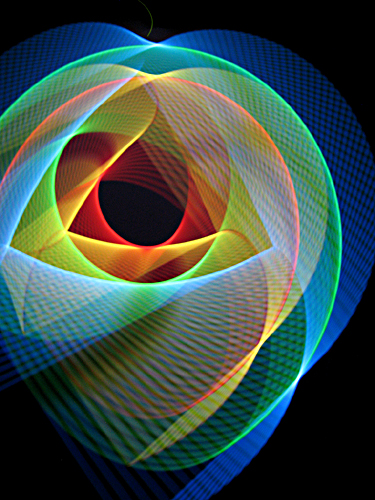
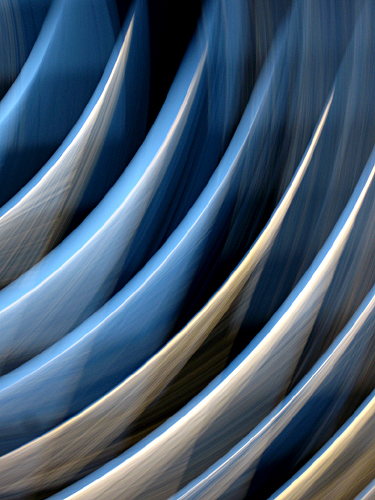


[…] Max Eternity’s Art Digital Magazine: David Hull’s Light Fantastic […]